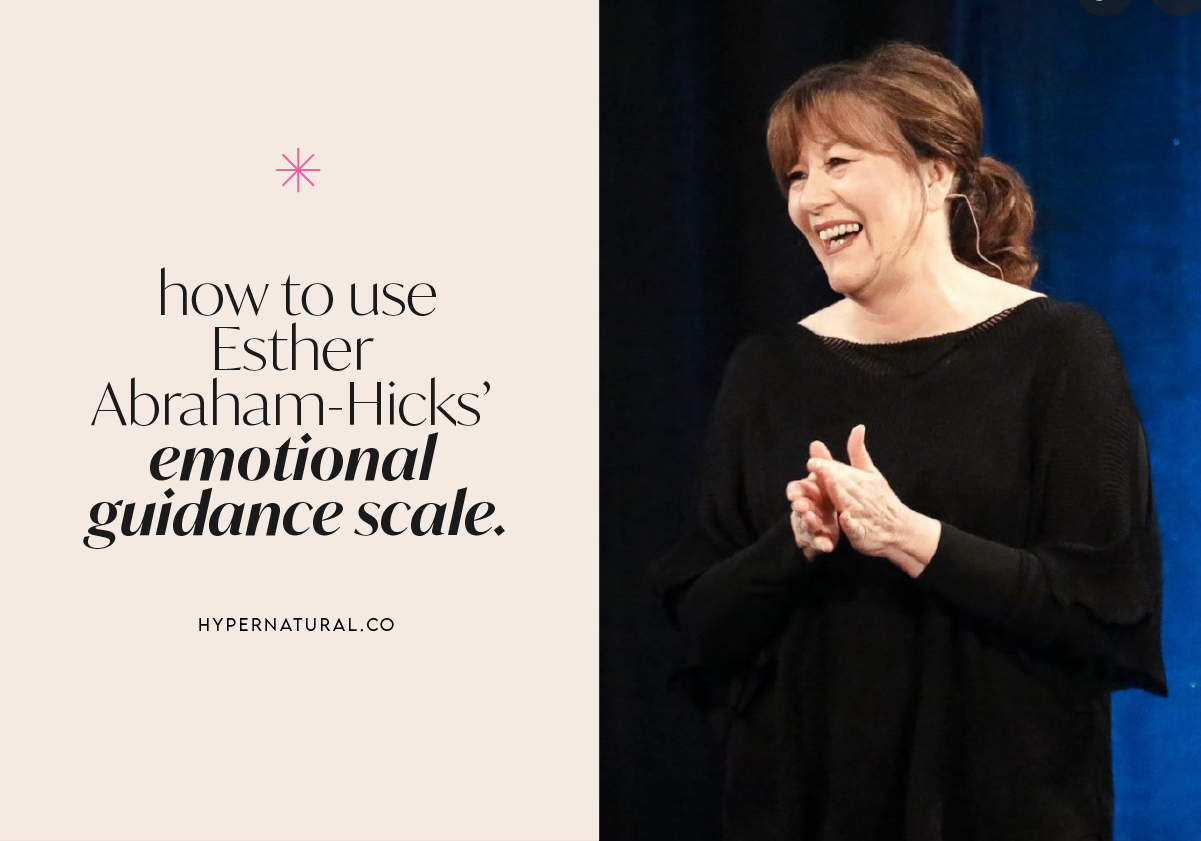Do you think net worth statements are only for the Jay-Z and Warren Buffetts of the world?
I admit. I did. And for an embarrassingly long time.
I used to believe that I needed to be already wealthy and rolling in the dough to calculate my net worth.
But, in fact, this is backward thinking.
You don’t have to be wealthy to learn how to calculate your net worth. To become wealthy, you need to calculate your net worth first.
And in a world of technology and apps, it is easier than ever.
If you are ambitious to build wealth, then learning how to track your net worth is vital and one of the first steps towards your financial growth.

What is Net Worth? And Why It’s Not a Budget.
If you are new to building wealth, you might wonder, well, gee, what is the difference between tracking your budget and your net worth exactly? The two work together in synchrony but are not the same thing.
You track your budget to keep track of your daily, weekly, and monthly expenses. Companies look at their quarterly budget as well. A budget helps create boundaries to stay on track for the overall goal—your net worth.
A net worth statement enables you to keep track of assets (how much you own) and liabilities (how much you owe). It is the overall picture of your financial health.
How to Calculate Your Personal Net Worth?
Your net worth is your assets (how much you own) minus your liabilities (how much you owe).
What Exactly are Assets?
Assets are everything you own that holds value. The first rule you need to know about assets is that CASH IS KING. Everything is measured against this reality.
Assets have numerous sub-categories as well. We won’t go over all of the categories because we don’t need them for personal finance. It is more useful for companies. For personal finance, we’ll stick with liquid assets.
Determining your asset’s liquidity versus illiquidity is the most important factor regarding your net worth. Liquidity is a measure of how readily an asset converts into cash. The faster you can turn an asset into cash without losing its value, the more liquid an item is. The opposite is true for illiquidity. The longer it takes to sell an item, or if the item depreciates in value when you sell it, the less liquid the item is.
On a balance sheet for a company, assets will be listed in the order of their liquidity. The most liquid asset — cash —should be on top.
So, what are the two main factors in judging an asset’s liquidity?
(a) how quickly an asset converts to cash
(b) will the asset lose value once converted into cash?
Remember: CASH IS KING
Different kinds of Assets
- Cash
- Cash in your checking account
- Cash in your savings account
- Money in a money market account
- CDs (certificate of deposit)
- Mutual funds
- Stocks
- Bonds
- Retirement accounts: 401(k), 403(b), IRAs
- Real estate: home and rental properties
- Vehicles: cars, boats, trucks, motorcycles
- Antiques, jewelry, collector’s items, art
What is a Liability?
Liabilities are your debts. Every lender you owe money to.
Different Kinds of Liabilities
- Credit card debt
- Student loans
- Mortgage
- Car loan
- Medical bills
How to Create a Net Worth Statement: 9 Easy Steps
- Begin with listing all of your assets. Assets are always on the left-hand side of the balance sheet for business balance sheets.
- Now, go and list all your most significant assets, like your home, car, business, etc. With these assets, you want to make sure you get the fair market value.
- Then list all of your cash accounts and investments: savings, checking, money market accounts, retirement accounts, stocks, bonds, mutual funds, etc.
- Next, make a list of your tangible goods that hold value, such as jewelry, art, coin collection, etc.
- Add up the numbers above, and you get your total assets.
- Next, on the right-hand side of your balance sheet, make a list of your liabilities.
- Start with your most significant liabilities (your largest debts), descending to your smallest debts.
- Add up all of your liabilities to get your total liabilities.
- Now subtract your total liabilities from your total assets, and this number is your net worth.
Don’t worry about what your net worth is for now. This number is only the starting point for tracking your financial health.
Net Worth by Age: Are You on Track?
After calculating your net worth, you might be eager to know how you measure up. What is the national average, and what is considered on track for my age?
Or maybe you don’t like your number too much and feel a little sick to your stomach and want to vomit. It’s scary to face the cold, hard facts. I know.
But don’t obsess over the number. The number doesn’t matter. What matters is that you are aware of your net worth now. Use it as a take-off point to ignite change.
And trust me, awareness is a great place to be.
I’m going to go over three ways to calculate your target net worth.
The Millionaire Next Door’s Formula
The first one is Thomas J. Stanley’s formula. Stanley is the author of the classic financial self-help book The Millionaire Next Door (audible). Below is the net worth formula he presents in his book.
Many finance bloggers criticize the formula for its simplistic calculation. It also falls short when it comes to different life variables. It is a great starting point for some, but the formula doesn’t work for people in their early 20s who are starting their work life. It also does not account for different geographic living situations (e.g., living in NYC with a higher cost of living) or people with fluctuating incomes (freelancers).
Nonetheless, I included it because it’s the original. Plug your numbers for fun and compare them with your actual numbers.
The Simple Dollar’s Formula
The second formula is by Trent Hamm, the founder of the popular blog The Simple Dollar. Hamm proposes a new and reworked method that simultaneously accounts for college graduates with student loans and the power of compounding in older age.
Hamm’s first calculation using the above formula shows an imaginary 23-year-old earning $30,000 a year. This 23-year-old ends up having a negative net worth of -$24,000. This conclusion appears to be most logical if you think about it. Most likely, a 23-year-old will be fresh out of college and carrying student loan debt.
Conversely, Hamm uses his reworked formula for a fictitious 60-year-old. Hamm also plugs in the same numbers to Stanley’s formula to demonstrate the difference between the two. In his formula, the 60-year-old will end up with a higher net worth compared to Stanley’s formula. Hamm argues that his formula is more realistic because of compound interest, which, by this point, should be making a powerful impact on a person’s net worth. So voila!
The Balance’s Formula
The last formula is in an article by The Balance, another respected financial blog. The Balance sets up general guidelines of what one should aim to have by 30, 40, 50, and 60 years of age.
Net Worth Target by AgeAge 30
Half of your annual salary pre-tax
Age 40
2x of annual salary pre-tax
Age 50
4x of annual salary pre-tax
Age 60
6x of annual salary pre-tax
Remember that the above methods are only guidelines and are not the holy grail. Let the formulas serve you and help you towards your financial goals and not the other way around.
3 Online Tools to Track Your Net Worth
With technology nowadays, tracking your net worth is super easy! I strongly recommend that you always monitor your net worth manually via Excel and combine it with online tracking tools. My three favorites are below.
Personal Capital
Personal Capital is like the golden child investment management app amongst the finance blogging community. And for a good reason. It’s free and comprehensive, and the dashboard is super easy to read. Although I do wish it was pink, I have enjoyed it so far. It took about 15 minutes to link up all of my accounts. And bam. My net worth updates are in a matter of seconds. They also offer fee-only wealth management services when you need them.
Mint
Mint is probably the most popular budgeting and investment tool out there. It is one of the originals and my first introduction to online budgeting. It’s free and takes a matter of minutes to set up and link your accounts. Mint is used mostly for budgeting but does offer net worth tracking. Think of it as a budgeting tool and its net worth tracking tool as secondary. Personal Capital still wins when it comes to investment tracking.
YNAB
YNAB, You Need A Budget, is a budgeting method, book, and online money management tool. They have built a cult following, and their followers swear by their philosophy. The YNAB app has a dual system that you can use for budgeting and net worth tracking. I have never personally used the YNAB app, but the word on the street is that the budgeting side is quite robust, and the net worth side is not as good. In their defense, they mainly focus on the budget side of money management.
Take Away
Now that you know net worth statements are not exclusive to people with high net worth, you can start chipping away at your financial goals.
You know how to calculate your net worth. You know the difference between a liability and an asset. You know how to make your own balance sheet, and you have a free one, too. You have different formulas to calculate your net worth goals by age. You even have online tools to make it easy and keep you on track.
You are totally on your way towards your financial goals!





